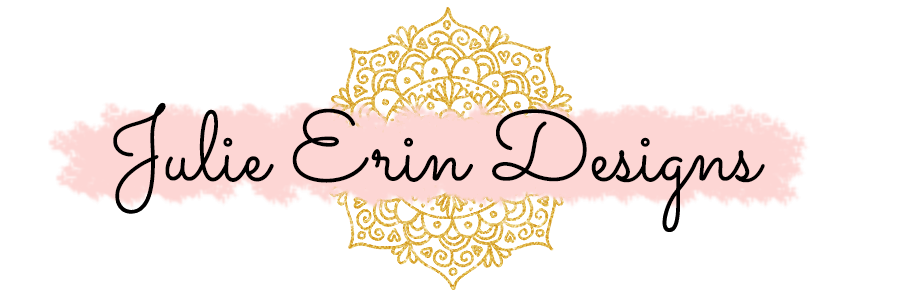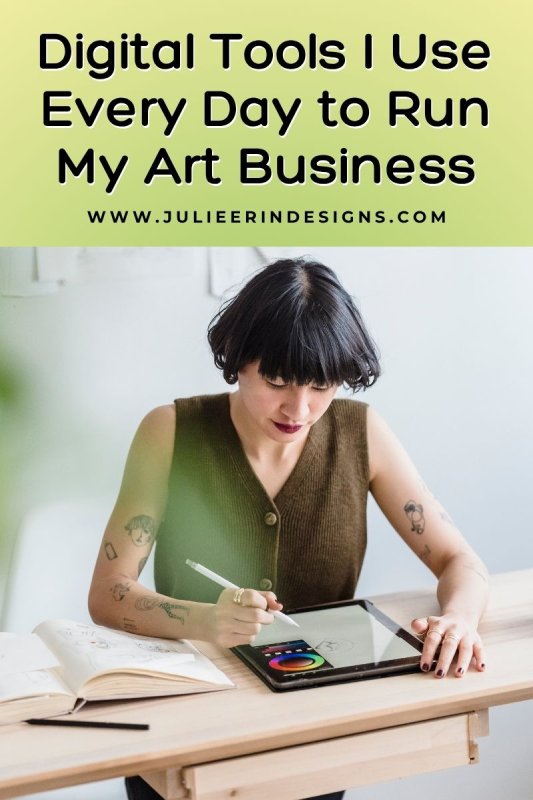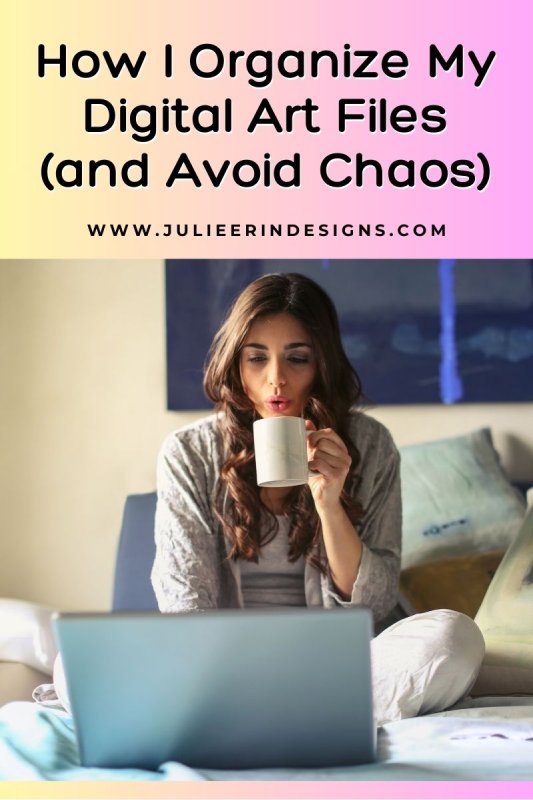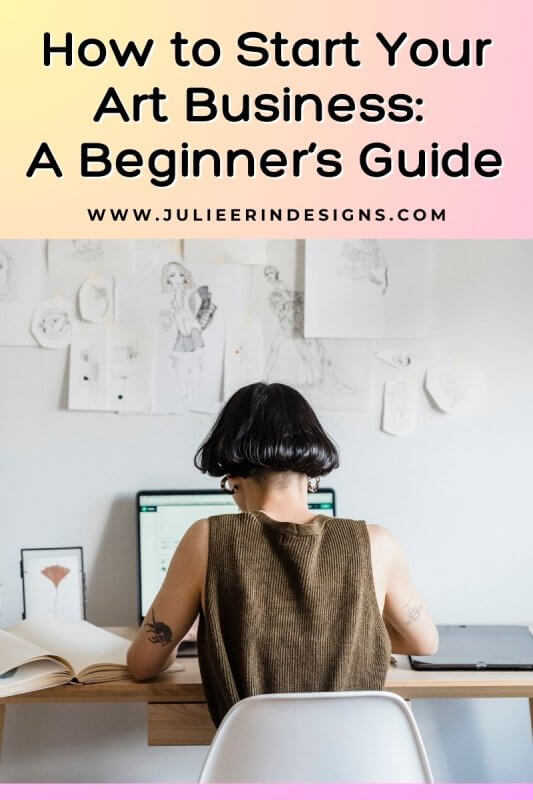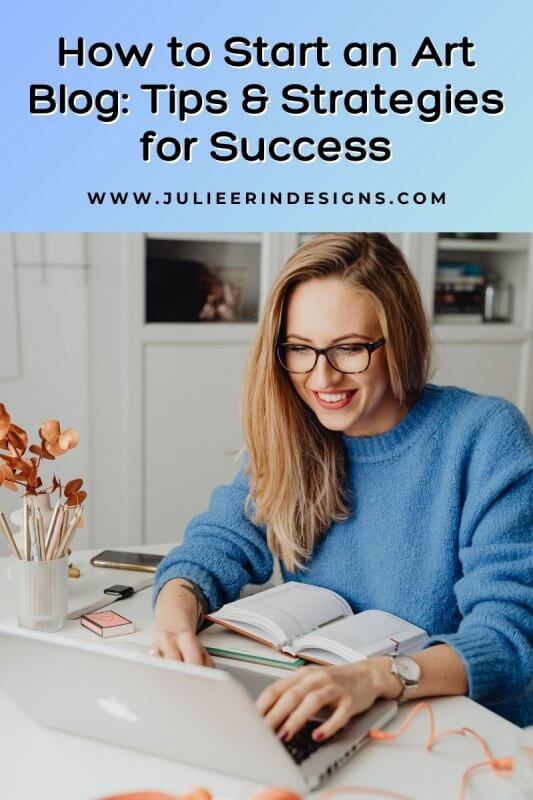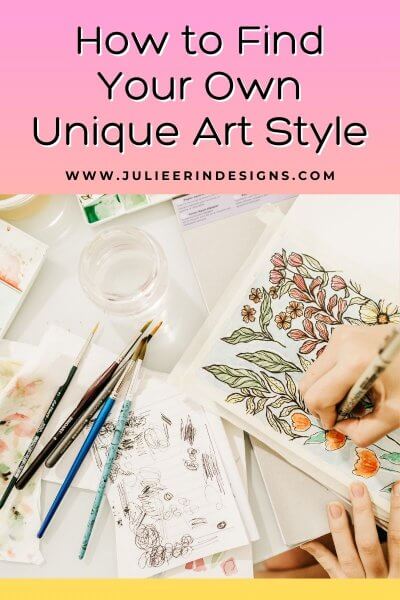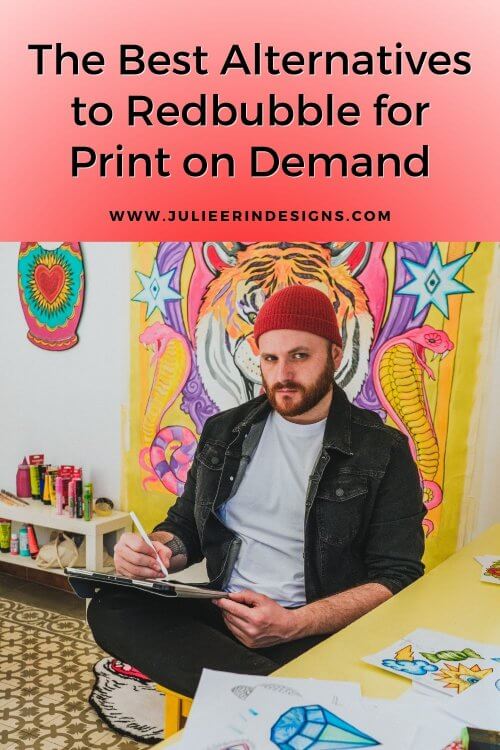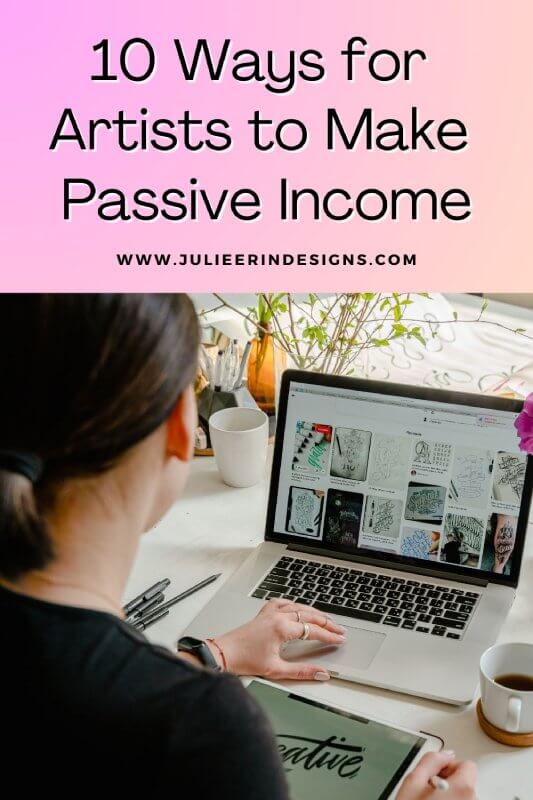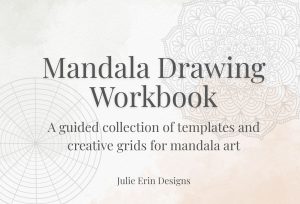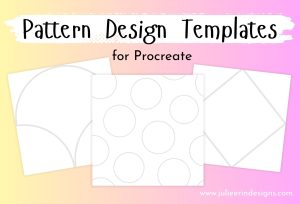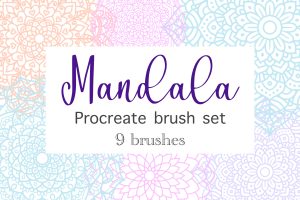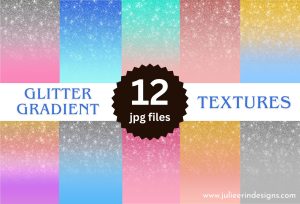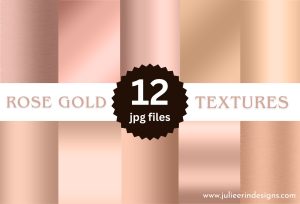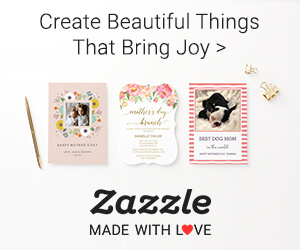Looking for the best digital tools for artists? Discover the essential apps and platforms I use daily to run my art business.
business
Sell Your Art Online with Printful & Printify: A Guide for Artists
In this post we explore how artists can sell their art online using integrated print on demand services, Printful and Printify.
How I Organize My Digital Art Files (and Avoid Total Chaos)
Learn how to organize your digital art files with these tips! Improve your workflow, stay organized, and keep your creative process smooth.
How to Start Your Art Business: A Beginner’s Guide with Actionable Steps
Are you a budding artist ready to turn your passion into a business? Here’s a step-by-step guide to help you get started with your art business.
How to Start an Art Blog: Tips & Strategies for Success
In this post you’ll learn the basics of how to start an art blog along with tips, strategies, and content ideas for long term success.
How to Find Your Own Unique Art Style
In this post we discuss how to find your own unique art style by experimenting, drawing inspiration, and creating a large body of work.
The Best Alternatives to Redbubble for Print on Demand Artists
This blog post aims to share some lesser-known alternatives to Redbubble, to provide artists with new avenues to showcase their work.
10 Ways for Artists to Make Passive Income
As an artist, there are many different ways to monetize your art. In this post I share 10 different ways for artists to make passive income.
How to Make Money as an Artist on Skillshare
In this post I’m sharing some tips on how to make money as an artist on Skillshare, based on my own experience as a Skillshare teacher.
Sell Your Art Online with Zazzle: A Complete Guide to Setting up Your Zazzle Store
Learn how to sell your art online with Zazzle! Check out my complete guide to setting up your Zazzle print on demand store.
I’m an digital artist, surface designer, and online educator from Vancouver, Canada.
I’ve sold thousands of physical and digital products worldwide through print on demand companies.
Through my online classes and blog, I teach other artists how to sell their own art online and turn their passions into a business they love.
